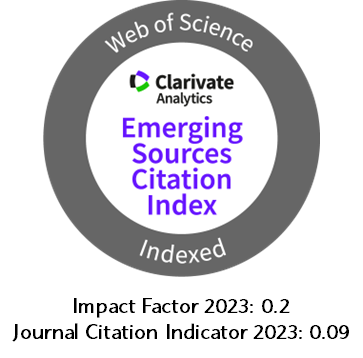Salar de Surire a high Andean ecosystem in danger, against climate change scenario
DOI:
https://doi.org/10.5377/nexo.v24i1.593Keywords:
Surire salt marsh, Andean biodiversity, Climate change, Andean ecosystemAbstract
In this work, the Surire salt marsh was analysed from the viewpoint of biodiversity and its implications caused by the climate change. As result, it is predicted that the following years will be dry and temperatures could rise, which will considerably affect the flora and fauna of the plateau. The Surire salt marsh is a salt body located in the Andean highlands of Chile, in a geological environment of volcanic features. The actual dryness does not allow an accumulation of surface water with large volume; thus, it is possible to identify three main types of water: drainage contributions, accumulation of external water or wetlands, and the thermal springs and brines. These hydrological conditions affect abiotic factors such as soil anaerobiosis, availability of nutrients and salinity, factors determining the development of flora and fauna.
Keywords: Surire salt marsh; Andean biodiversity; Climate change; Andean ecosystem
DOI: http://dx.doi.org/10.5377/nexo.v24i1.593
Nexo, Vol. 24, No. 1, pp. 43-49, 2011
Downloads
1383
Downloads
How to Cite
Issue
Section
License
The authors who publish in Nexo Scientific Journal agree to the following terms:
- Authors retain the copyright and grant the journal the right of the first publication under the license Creative Commons Attribution License, which allows others to share the work with a recognition of the authorship of the work and the initial publication in Nexo Scientific Journal.
- Authors may separately establish additional agreements for the non-exclusive distribution of the version of the work published in the journal (for example, in an institutional repository or a book), with the recognition of the initial publication in Nexo Scientific Journal.
- Authors are allowed and encouraged to disseminate their works electronically (for example, in institutional repositories or in their own website) before and during the submission process, as it can lead to productive exchanges, as well as earlier and greater citation of published works.











